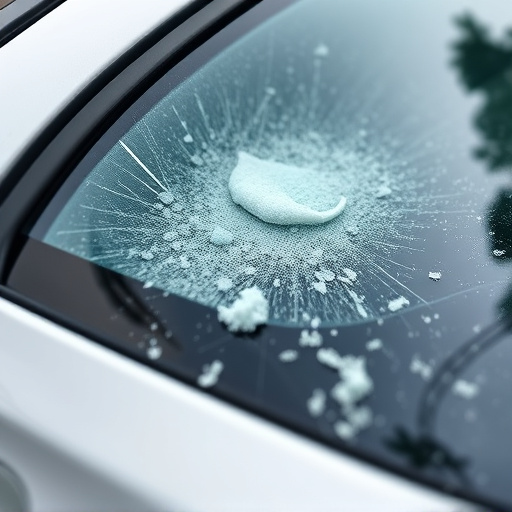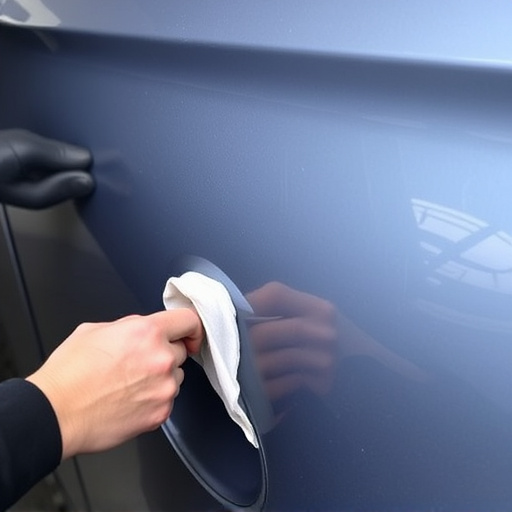Home and auto insurance policies often cover fallen tree damage repair, but coverage varies. Review your policy details to understand deductibles, limits, and what's covered. Communicate with neighbors and insurers promptly, providing incident reports, photos, and repair estimates for swift resolution.
“A sudden storm or strong winds can leave your property damaged by falling trees, causing significant stress. But what if we tell you that insurance can cover these unexpected costs? This article guides you through the process of understanding and navigating fallen tree damage repairs with your insurance provider.
We’ll break down how to identify covered expenses, file a claim efficiently, and restore your space post-disaster. By the end, you’ll be equipped to handle fallen tree damage repair with confidence.”
- Understanding Coverage for Fallen Tree Damage
- Navigating Repair Costs: What Your Insurance Offers
- Steps to File a Claim for Tree Damage Restoration
Understanding Coverage for Fallen Tree Damage

When a tree falls on your property or vehicle, understanding insurance coverage for fallen tree damage repair is crucial. Most standard home and auto insurance policies include provisions for natural disasters and accidental events, which can encompass the costs associated with fallen tree damage. In many cases, these policies will cover the expenses of removing the tree and repairing or replacing affected structures or vehicles.
However, the extent of coverage depends on various factors, including your specific policy details and the circumstances surrounding the incident. Collision repair services for vehicles may be covered if the fall was due to a storm or other insured event, but dent removal or car body repair for minor cosmetic damage might not be included. It’s essential to review your policy and contact your insurance provider to confirm what is and isn’t covered in case of fallen tree damage repair.
Navigating Repair Costs: What Your Insurance Offers

Navigating fallen tree damage repair costs can be a daunting task for homeowners. The good news is that many insurance policies offer coverage for such unforeseen events. When a tree falls and causes damage to your property, whether it’s structural harm or destruction of personal belongings, your home insurance policy could step in to help with repairs. This includes the cost of removing the fallen tree and any necessary restoration work, similar to how insurance covers vehicle collision repair or hail damage repair.
Understanding what your insurance offers is crucial. Policies typically have specific deductibles and coverage limits for such incidents. Some insurers may also provide additional assistance for emergency situations, ensuring you’re not left with a hefty bill. Remember to review your policy details, including the types of perils covered, to ensure adequate protection against fallen tree damage repair costs.
Steps to File a Claim for Tree Damage Restoration

When a tree falls and causes damage to your property, the first step is to assess the extent of the harm. Check for structural integrity in affected buildings or structures, and document any damaged items or vehicles. If a tree from your neighbor’s property caused the damage, initiate a conversation with them about liability and potential shared costs for repairs.
Once ready, contact your insurance company to file a claim. Provide them with details of the incident, including photos and estimates from local mercedes benz collision repair or auto repair shops for fallen tree damage repair. They will guide you through their specific process, which may involve reporting the claim online or over the phone. Keep records of all communication and documentation related to your claim to ensure a smooth restoration process after the insurance approval. Remember, a quick response can help minimize further losses and expedite your fallen tree damage repair.
When a fallen tree causes damage to your property, understanding your insurance coverage is crucial. By navigating the offered benefits and taking prompt steps to file a claim, you can ensure efficient restoration without incurring significant out-of-pocket expenses for fallen tree damage repair. Remember that each policy varies, so reviewing your specific coverage and contacting your insurer early on is essential in securing the necessary support for tree damage restoration.














